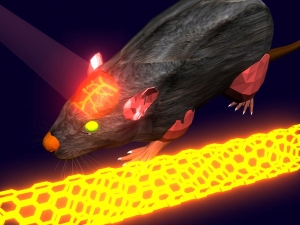Written by Nita Farahany, professor of law and philosophy at Duke University

Pick up a newspaper any day of the week and you’ll likely see articles breathlessly describing our progress towards unlocking the mysteries of the human brain. If the 1990s were the decade of the human genome, marked by the Human Genome Project (the world’s largest collaborative biological project), this is the era of the human brain.
With projects such as BRAIN and the Human Brain Project now well underway, and billions of dollars of private funding advancing neurological research and discovery, the future of brain science is within sight.
When he launched the BRAIN initiative in the United States, President Barack Obama said: “As humans, we can identify galaxies light years away, we can study particles smaller than an atom, but we still haven’t unlocked the mystery of the three pounds of matter between our ears.” Unlocking those mysteries will be transformative for society. Which is terrific, and terrifying. Consider the possibilities:









